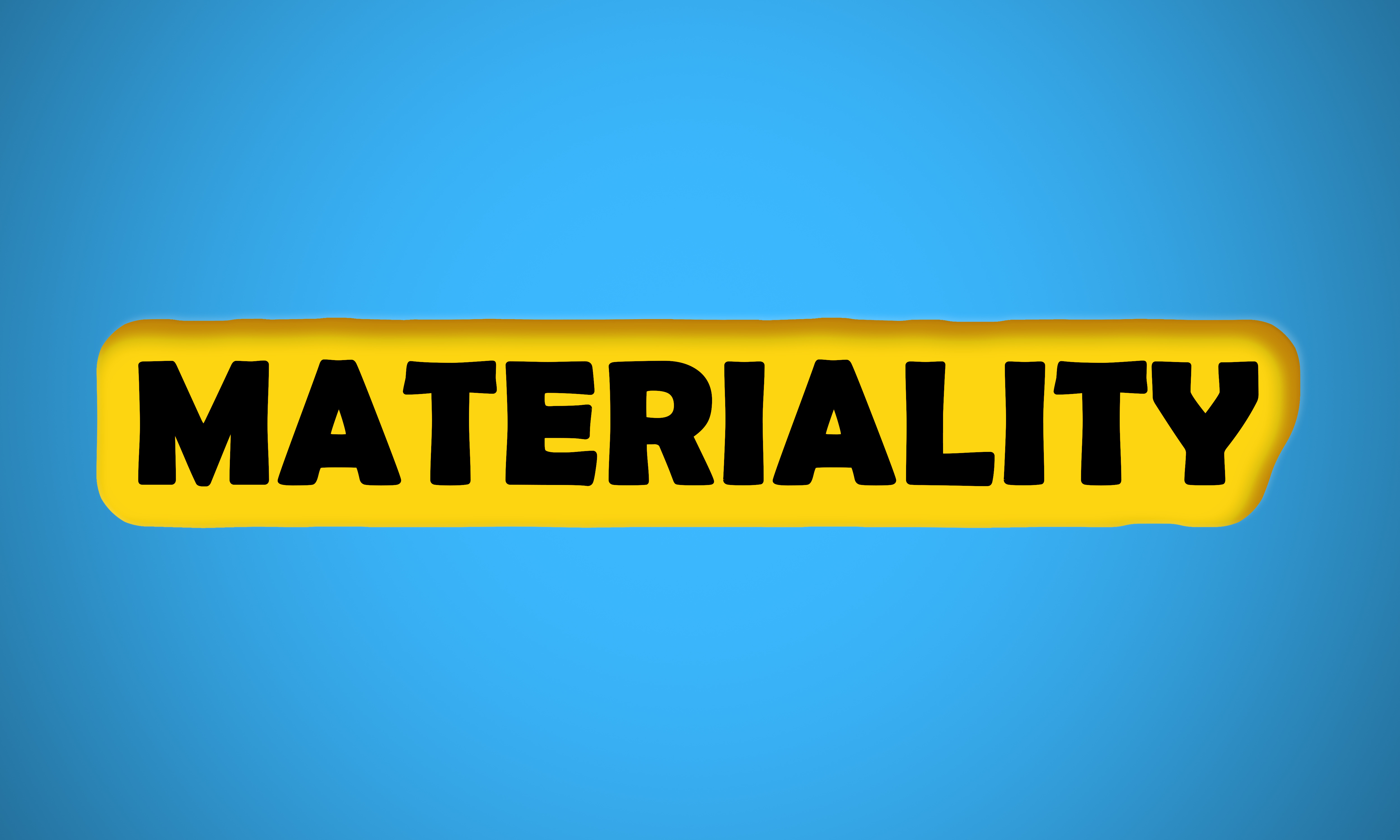
The Auditing Standards Board has issued exposure drafts to subtly change the definition of materiality in the SAS and SSAE literature. Both exposure drafts are titled Amendments to the description of the concept of materility and can be found here.
A Journal of Accountancy article describes the proposed changes: ASB seeks alignment of materiality definition.
The exposure draft gives a four page history of how the definition of materiality has evolved over the last several decades.
What the proposed changes would do is shift the definition of materiality in the audit and attestsation literate to match what is used by the US courts, PCAOB, SEC, and FASB. Currently the definition is aligned with IASB and IAASB.
I will quote portions of one paragraph in the exposure draft and make some comments.
The issue is
..whether a misstatement “would influence the judgment of a reasonable investor” versus “could reasonably be expected to influence the judgment of a reasonable person.”
The distinction is whether a disclosure or accounting treatment “would influence” or “could reasonably” influence.
Continuing the quote:
In essence, the U.S. judicial system and other U.S. standard setters and regulators define an omission or misstatement as material if there is a substantial likelihood that a reasonable person would consider it important.
Compare that to:
The ASB, IASB, and IAASB definitions state that misstatements, including omissions, are considered to be material if they, individually or in the aggregate, could reasonably be expected to influence the economic decisions of users taken on the basis of the financial statements.
Going from could to would influence decisions. Also dropping the reasonably be expected phrase.
I’m late to this discussion and don’t follow the nuances of SEC and PCAOB issues. (Actually I stay as far away from the SEC PCAOB world as is humanly possible.)
Having said that, it seems to me after my first read-through the impact is to increase the threshold for materiality.
Tentative effective date is audits for fiscal years ending after December 15, 2020 and attestation reports dated on or after 12/15/20. For most of us, that means audits of 12/31/20 financial statements. Those dates might be shifted to something later.
That would be the same date the new SAS 134 and SAS 135 go into effect.